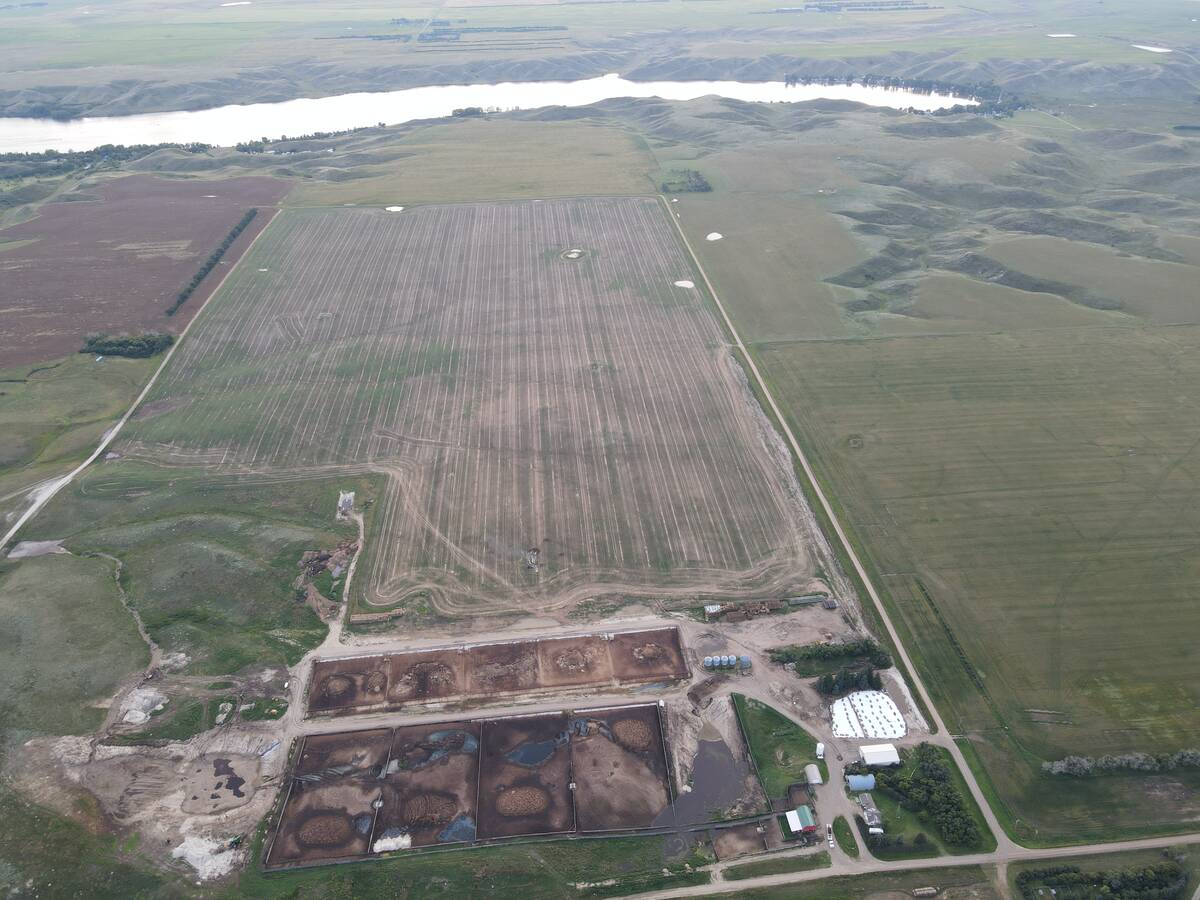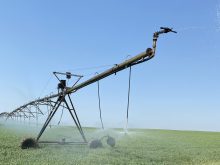WINNIPEG – Pork producers are unhappy and Jim Morris says they shouldn’t be.
Producer morale is “very low,” said the head of Saskatchewan’s hog marketing agency, even though conditions are ripe for prices to reach their highest level in seven years.
Morris expects the dressed weight price for Index 100 hogs will average $1.59 per kilogram in 1996. That’s 14 cents more than last year and would be the highest average price since 1987.
Yet many producers seem to be in a funk, the general manager of SPI Marketing Group told a market outlook conference last week. It’s probably due to high grain prices.
Read Also

Saskatchewan RM declines feedlot application, cites bylaws
Already facing some community pushback, a proposed 2,000-head cattle feedlot south of Swift Current, Sask., has been rejected for a municipal permit, partly over zoning concerns about the minimum distance from a residence.
There’s no question barley at $3.50 a bushel and feed wheat at $5 a bushel translates into higher production costs, but Morris said hog prices should be high enough to offset the increase.
“A lot of producers don’t know it yet, or don’t believe it,” he said. “I hope we can turn that around.”
Speaking to reporters later, Morris said while his $1.59 price forecast might be considered optimistic, it’s supported by strong export demand, not only from traditional customers like Japan and the U.S., but in new growth markets like the Philippines, Argentina and even Europe.
In fact, he’s worried farmers won’t produce enough product to meet that burgeoning demand.
“My concern is we’re not expanding fast enough to take advantage of the opportunities that are out there,” he said.
While admitting that it’s difficult to attract new capital to finance that kind of expansion, Morris said the Crow Benefit cheques arriving in the mail next month and the record high grain prices could provide a source of funds.
“It might be a good time for some in the grain industry, with cash on hand, to look at in-community investment close to home, because the market’s definitely there.”
Policies up in the air
Besides high feed prices, Morris said a number of other factors are working to hold back production, including uncertainty over government policies, especially in Manitoba, the demise of stabilization programs and tighter environmental regulations.
He’s concerned some mid-sized producers are considering leaving the business because of talk about so-called mega-farms taking over the industry.
While farms at the small end of the scale are being squeezed out of production by super farms, there’s still an important place for mid-sized operations marketing 2,000 to 5,000 hogs annually.
“There’s no reason for them to think there’s no place for them in the business,” he said. “That’s just plain stupid. It’s just that a lot of the hype about mega-farms has created that impression.”
He said mid-sized farms have a lot of efficiencies that can rival big operations.














